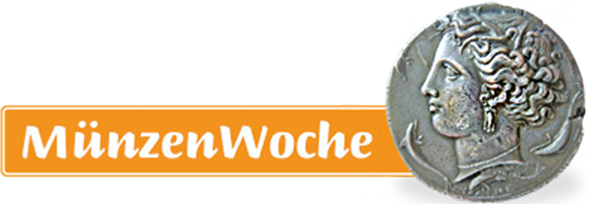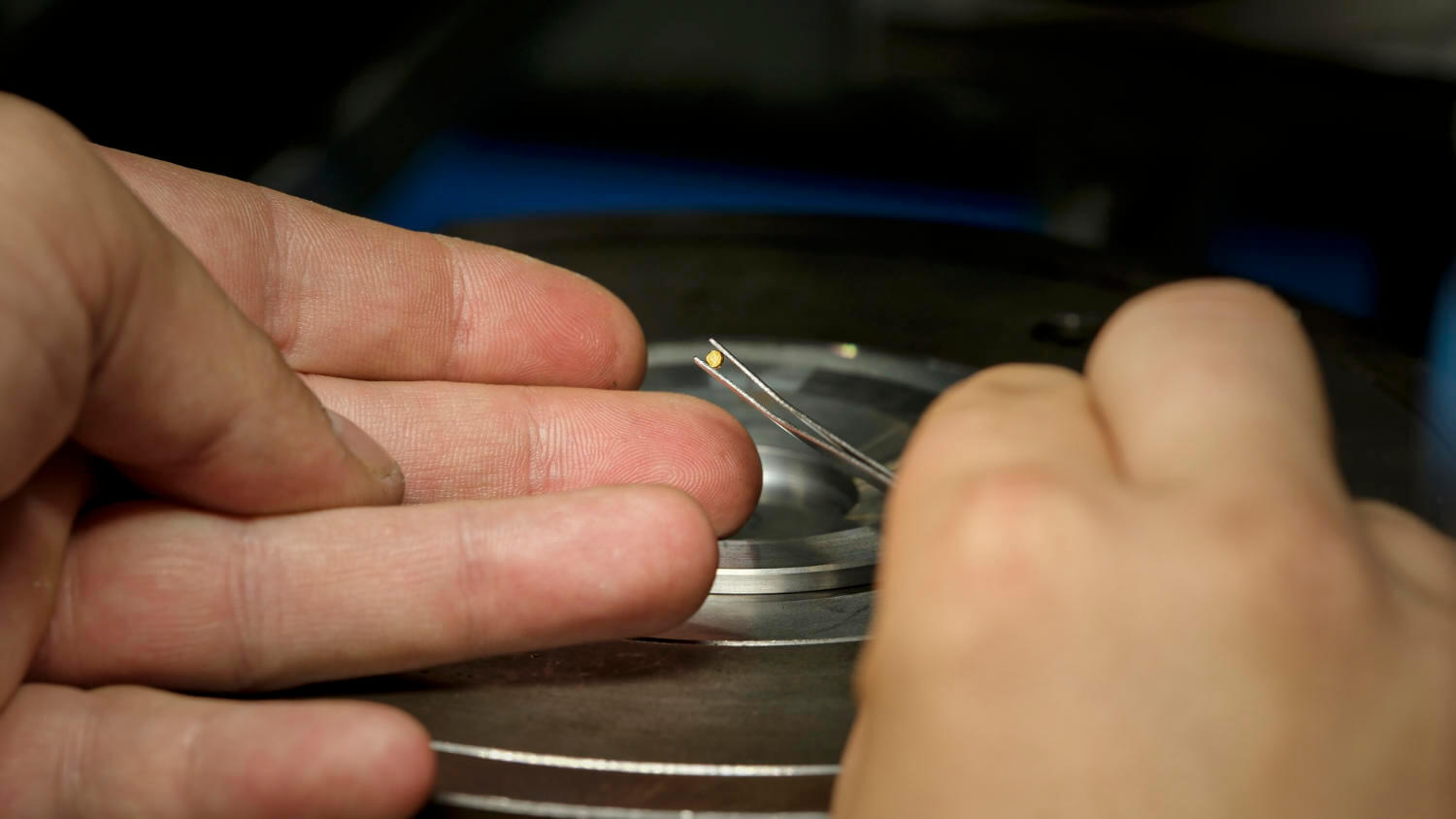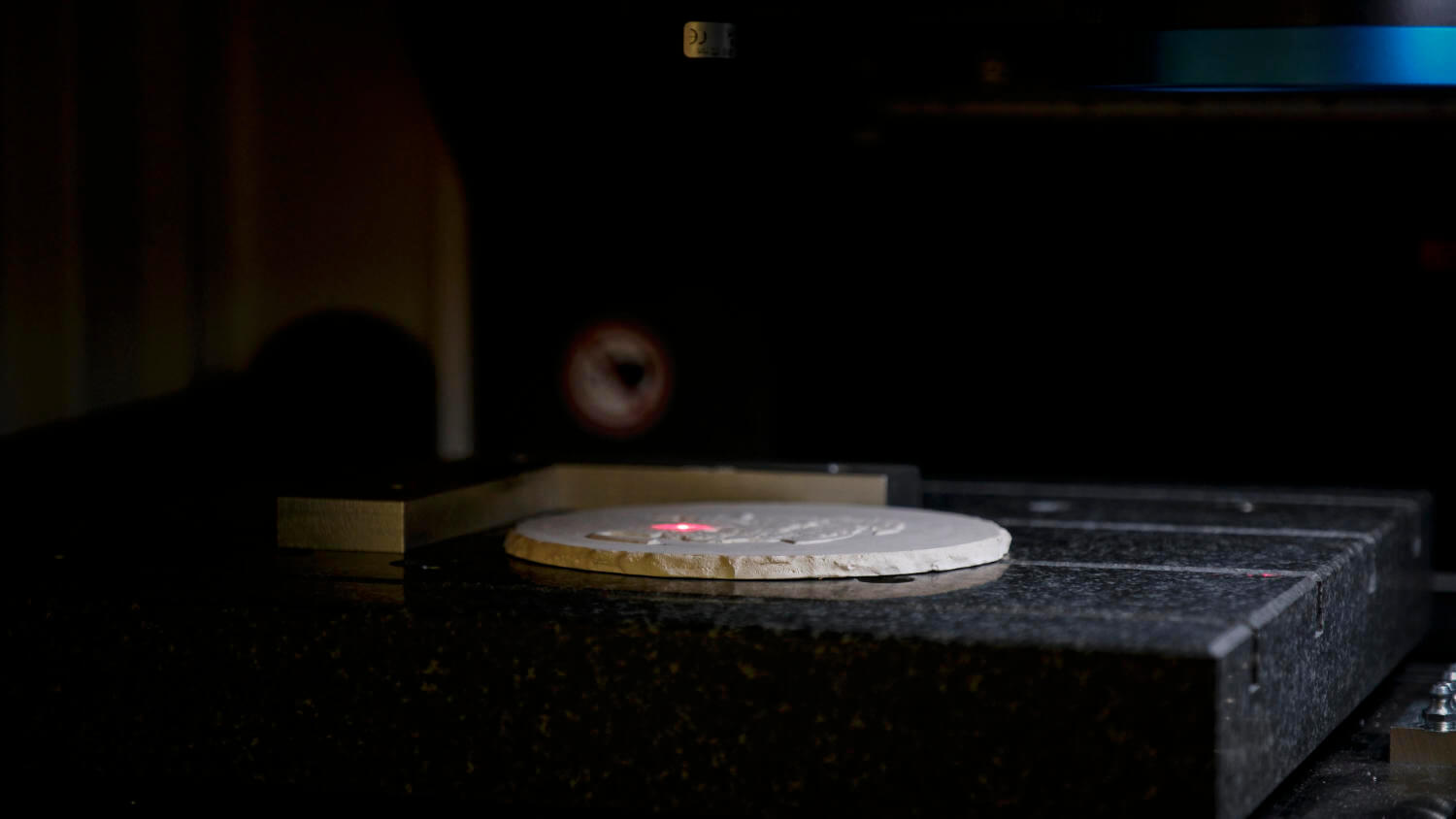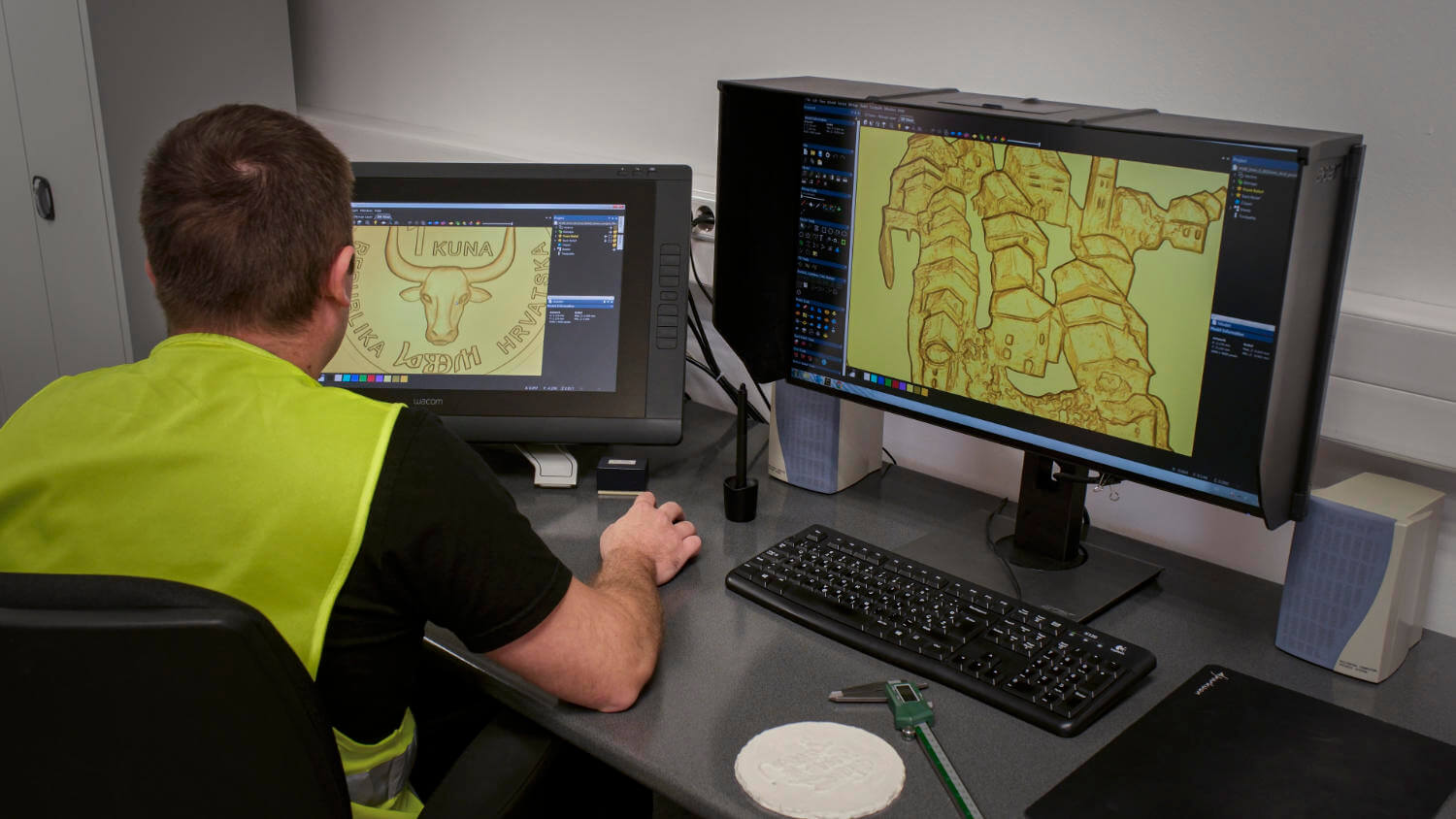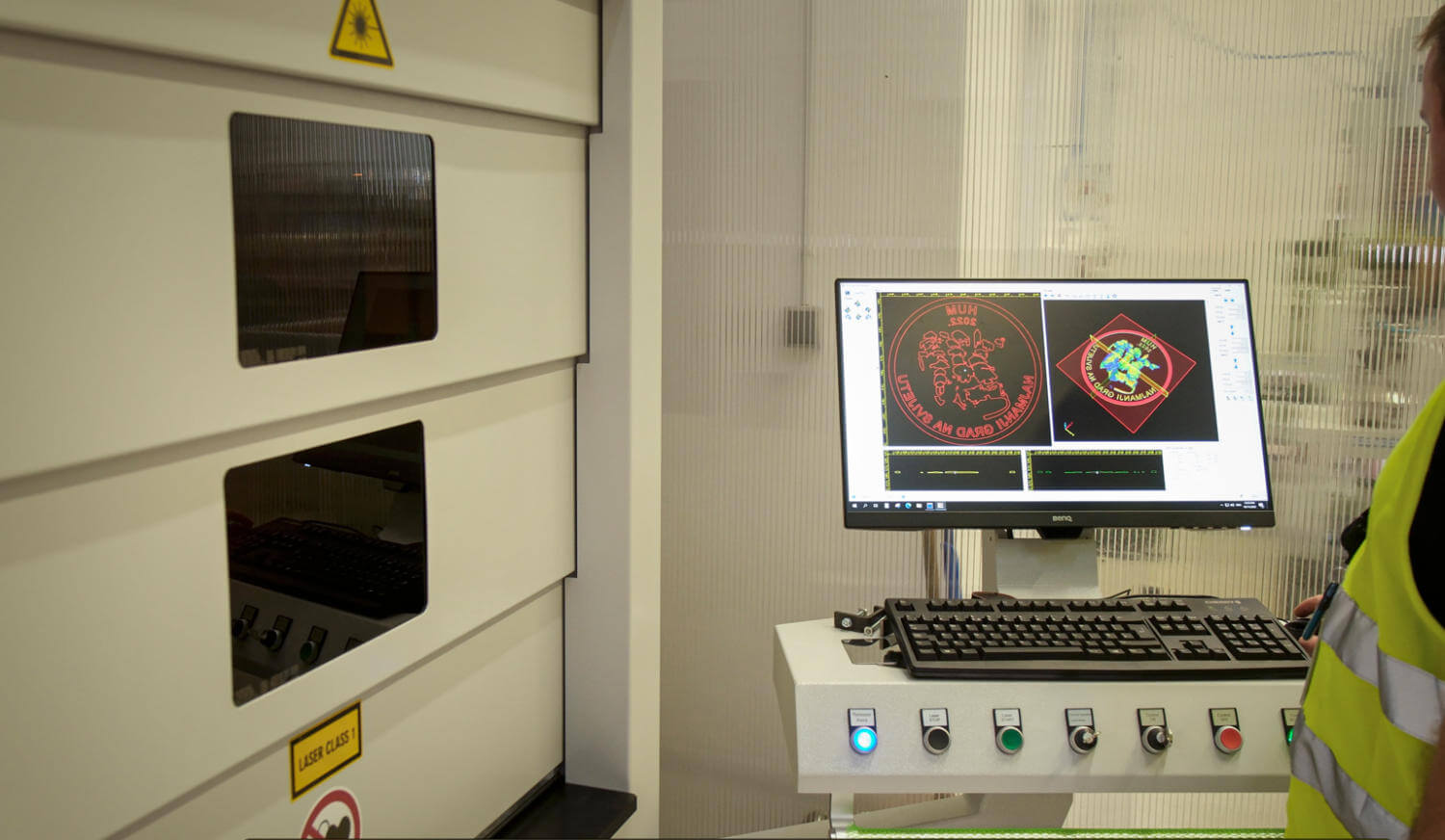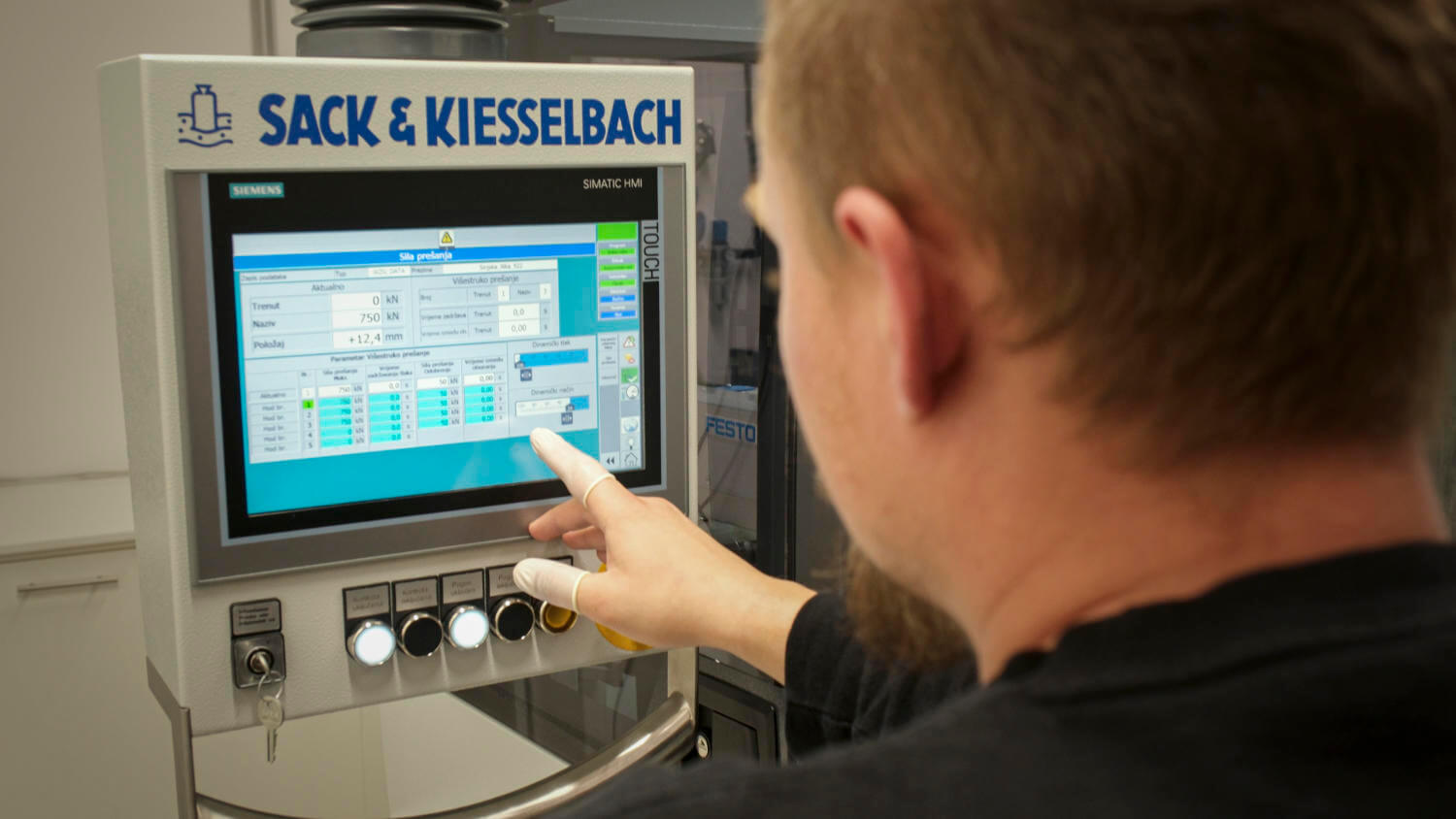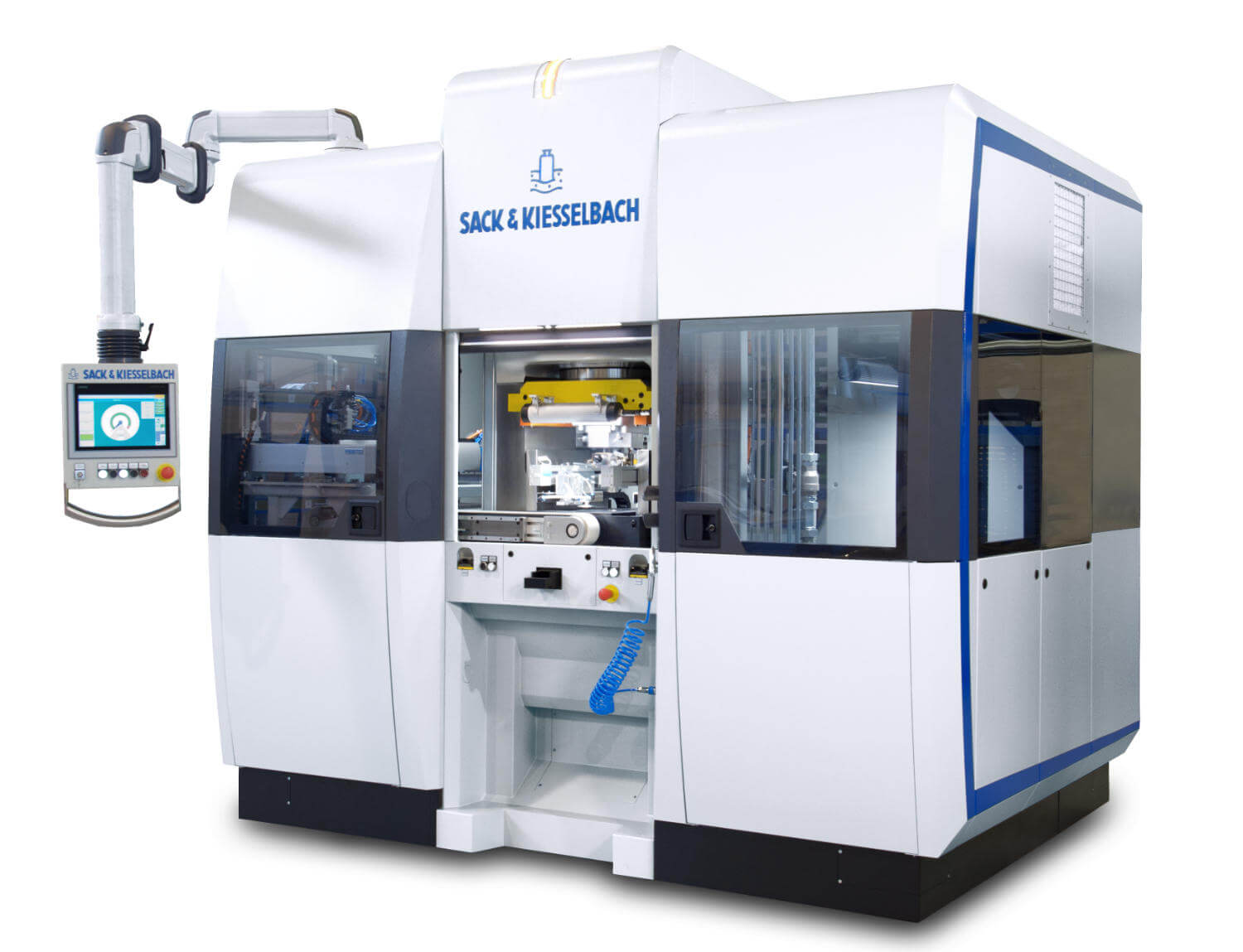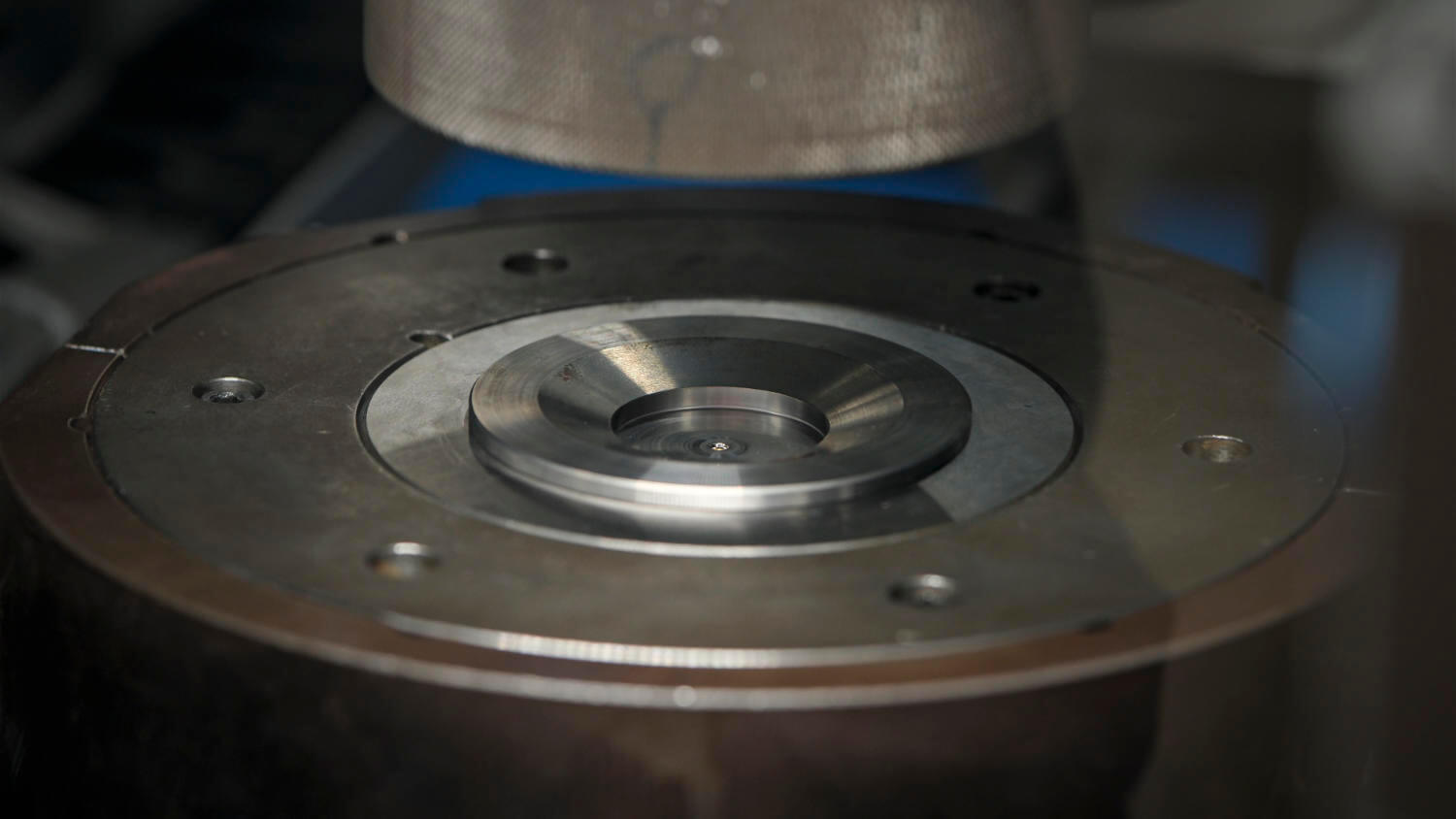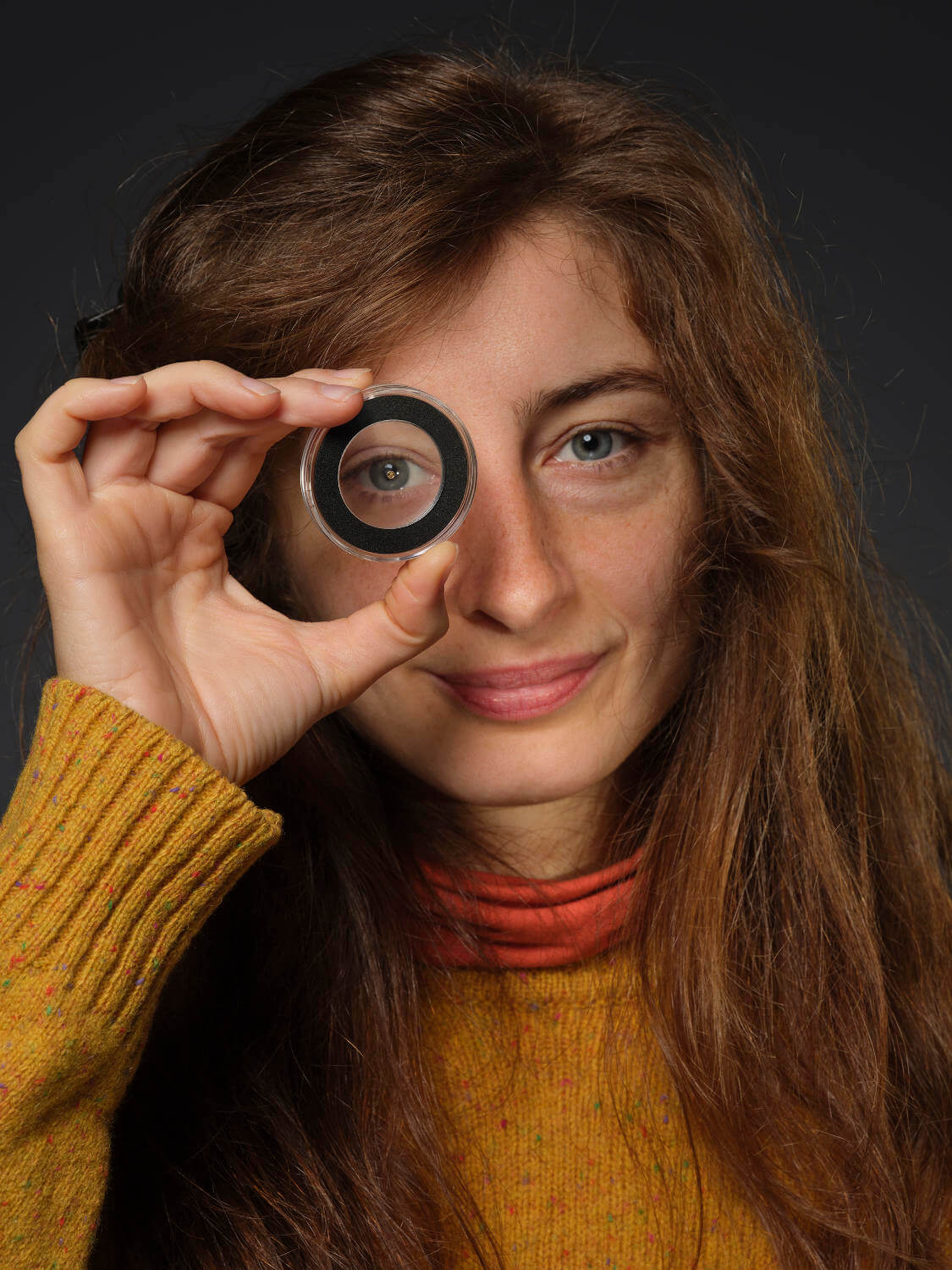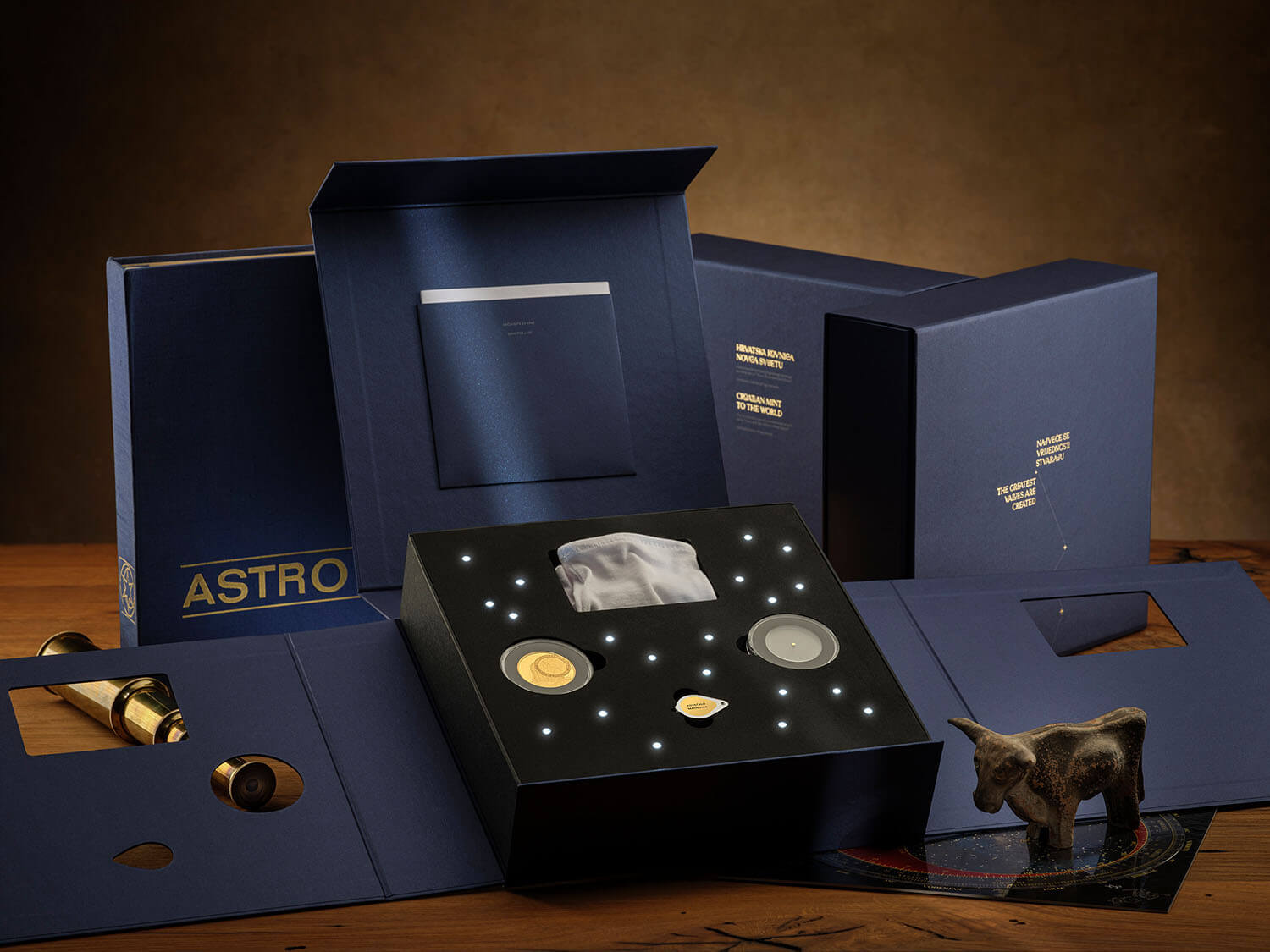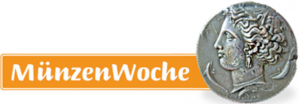How the World’s Smallest Coin Was Minted
The Croatian Mint is not one of Europe’s major, old-established companies that can look back on an age-old history. The business was founded barely 30 years ago by the Croatian National Bank, which still owns one hundred percent of the mint today. It was founded on 23 April 1993, in the middle of the war that led to Croatia’s independence. Therefore, the Croatian Mint is a very special symbol for the country’s national identity. Its employees are proud to make the entire world aware of the country’s rich culture by means of commemorative coins. To them, producing coins is much more than a business model; and this is demonstrated by the Croatian Mint’s latest commemorative issue. With its 1-kuna coin dedicated to the world’s smallest city, Hum, the Croatian Mint undercuts the record previously held by Swissmint for the world’s smallest coin. This technical achievement comes as the mint’s presses are busy around the clock producing the new euro circulation coins for the country and its about 4 million inhabitants.
The Idea
Damir Bolta, President of the Management Board of the Croatian Mint, tells us how the idea of producing the world’s smallest coin came about: “We wanted to set a lasting monument to the kuna before it disappears as we join the big family of euro issuing countries. To proudly commemorate this currency change, the Croatian Mint decided to create the world’s smallest coin. And it succeeded. The coin has a diameter of 1.99 mm and a weight of 0.05 g. The theme fits: the 1-kuna coin is dedicated to Hum, which is referred to as the world’s smallest city.”
In fact, the Croatian Mint’s latest commemorative coin undercuts the record previously held by Swissmint in Switzerland. The latter issued a 1/4-franc in honour of Albert Einstein in 2020, with a weight of 0.063 g and a diameter of 2.96 mm. The mintage figure of the new smallest coin in the world is even lower than that of Switzerland’s issue. Whereas Swissmint issued 999 pieces, only 199 specimens of the Croatian kuna issue will be released.
The Design
If you want to design the world’s smallest coin, you cannot simply dedicate it to any topic. The artist Ana Divković, who was responsible for the design, gives us a little insight into her work: “The starting point was to reduce the motif to a tiny, yet recognizable design. The reverse features the doorknob of the gate of the city of Hum. It has the shape of a cattle head of a species that is typical of the region, known as Boškarin. On the obverse I ventured to depict the entire city to show how small it is. I completely trusted and relied on the skills of the experts at the mint to transform this design into a die. Croatia may be a small country, but it has many talented and experienced engineers.”
In fact, the design is crucial, as Goran Paladin, Director of Production at the Croatian Mint, explains: “You have to be aware of how tiny 1.99 mm really is. For comparison, the head of almost every match is bigger than this coin. The artist had to keep that in mind when she submitted her model. A reduction in size comes with a reduction in the details that we can reproduce with the technology that is available to us.”
The Die
Goran Paladin continues: “The traditional method of creating a die by means of a reducing machine, or any other milling machine, wouldn’t work because the tip of the milling tool is big compared to this coin and the required level of detail. The milling tool tip is 0.3 mm in diameter and the lettering on the coin is only 0.1 mm high. Therefore, we produced our die with a very accurate laser engraving machine. In this way, we were able to reduce all the details of the design to the right size, just as if it had been a normal-sized coin.”
The Blank
Of course, you cannot buy ready-made blanks for the world’s smallest coins. The blanks used to create the coins are custom-made. Goran Paladin comments with a grin: “How the coin blanks were made remains a secret. It wasn’t easy but we found a very good solution.”
Minting the Coins
Of course, it’s trickier to mint the world’s smallest coin than to produce a standard issue. Goran Paladin explains: “It was crucial for the design to be at the very centre of the die and that the blank was placed exactly at the centre, too. You have to remember that minor alignment inaccuracies that don’t matter when using larger dies with diameters of 10-40 mm suddenly turn into major minting errors when everything must fit on a coin with a diameter of 1.99 mm. We produced the coins with a Sack & Kiesselbach minting press of the TMA 350 type. The number 350 refers to its press force of about 350 tons or exactly 3,500 kilonewtons. But of course, we had to reduce the press force considerably. And we also made other adjustments to be able to mint this coin.”
Markus Schlein, CEO of Sack & Kiesselbach, is delighted: “That’s exactly why we designed our TMA back then, for mints that want to use it for very different projects. With its drive technology, which has been optimized time and again, the TMA is extremely precise and sensitive. This has proven highly useful, for example in the production of coins with holograms. The fact that the world’s smallest coin has now been minted with a TMA obviously fills us with pride. But it’s just as important to us that it’s easy to use the machine and that it can quickly be adapted to the needs of any special issue, whether the end product is huge or tiny. Our customers appreciate this very much. We launched the TMA in 2017 and are currently building our 22nd TMA. Of course – compared to everyday items – that’s a rather small number, but believe me, in the world of minting presses, that’s a very impressive figure for a period of five years.”
The Packaging
But how do you present the world’s smallest coin appropriately? After all, it simply gets lost in a “normal” coin case. The Croatian Mint decided to build on an age-old tradition that combines the microcosm with the macrocosm, the tiny with the huge, the smallest coin with a view of the greatest thing humankind can imagine: the universe.
After all, Croatia is proud to have an observatory that is a record-breaker itself. Founded on the initiative of the Croatian teacher Korado Korlević, the institution discovered an impressive amount of 1,749 asteroids between 1995 and 2001. This makes the Višnjan Observatory one of the world’s top five observatories when it comes to detecting near-Earth objects.
The second coin of the set was designed by the artist Nikola Vudrag. He too shared the biggest challenges of the design process with us: “When I designed this coin, the biggest challenges were actually imperceptible to the naked eye. I’m talking about the reflections on the corners of the houses and the muscles of the Boškarin on the reverse – one had to feel rather than see them when creating the cast model. The most difficult task was to integrate the small telescope in the window of the observatory. Since not all stars are always visible to the naked eye, you may not always see the telescope in the observatory window, and yet it’s there, like an eye looking out into space, which in turn looks back at us.”
The impressive case in which both coins are presented reflects this idea by embedding both coins in a dark blue and black coating. These colours, reminiscent of the firmament, are punctuated by little lights that remind one of the stars. The set also includes a magnifying glass and gloves, because no collectors should touch these masterpieces of minting technology with bare hands.
Goran Paladin, who was responsible for the technical execution of the world’s smallest coin, should have the final word. He says: “With the world’s smallest coin, we wanted to show that we – the Croatian Mint, a newcomer in the market of innovative commemorative coins – are capable of keeping up with all the other mints in the world. That’s why we produced the world’s smallest coin. We were capable of fitting an entire city on it. And well, Hum is known for being the world’s smallest city, so it was ideally suited to fit on our coin.”
Click here for information on the two new releases of the Croatian Mint, the commemorative coin for Hum and the commemorative coin dedicated to the Višnjan Observatory.
Here is the website of the Croatian Mint.
And this is the website of Sack & Kiesselbach.
If you’re interested in the technical specifications of the TMA 350, click here.
All pictures and scans ©Croatian Mint.





